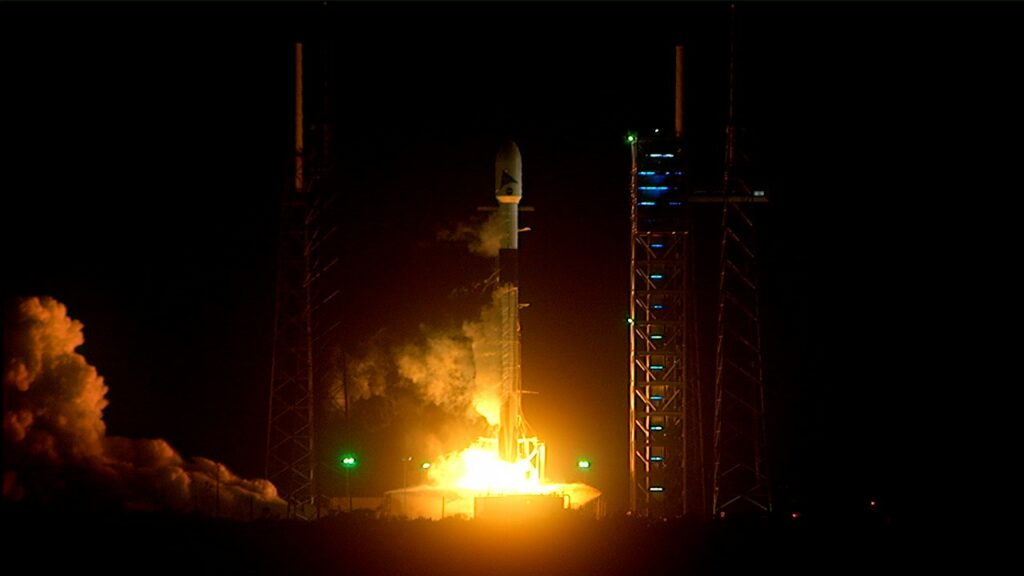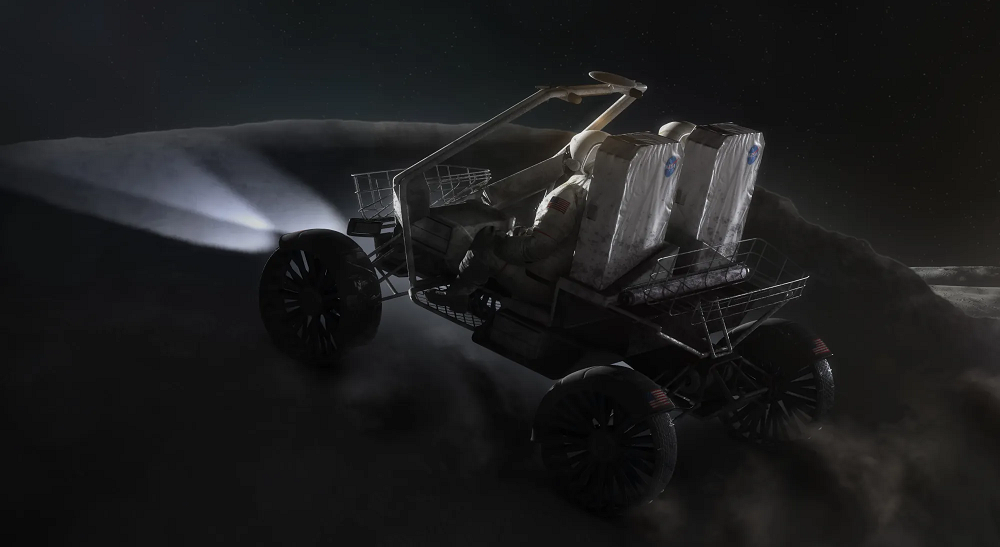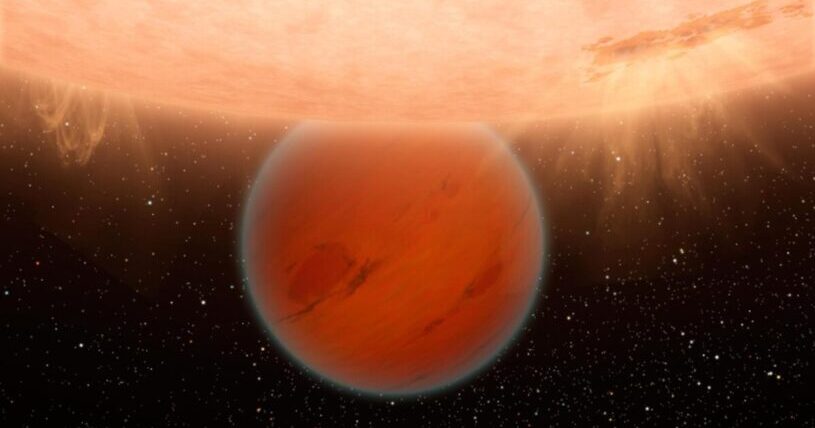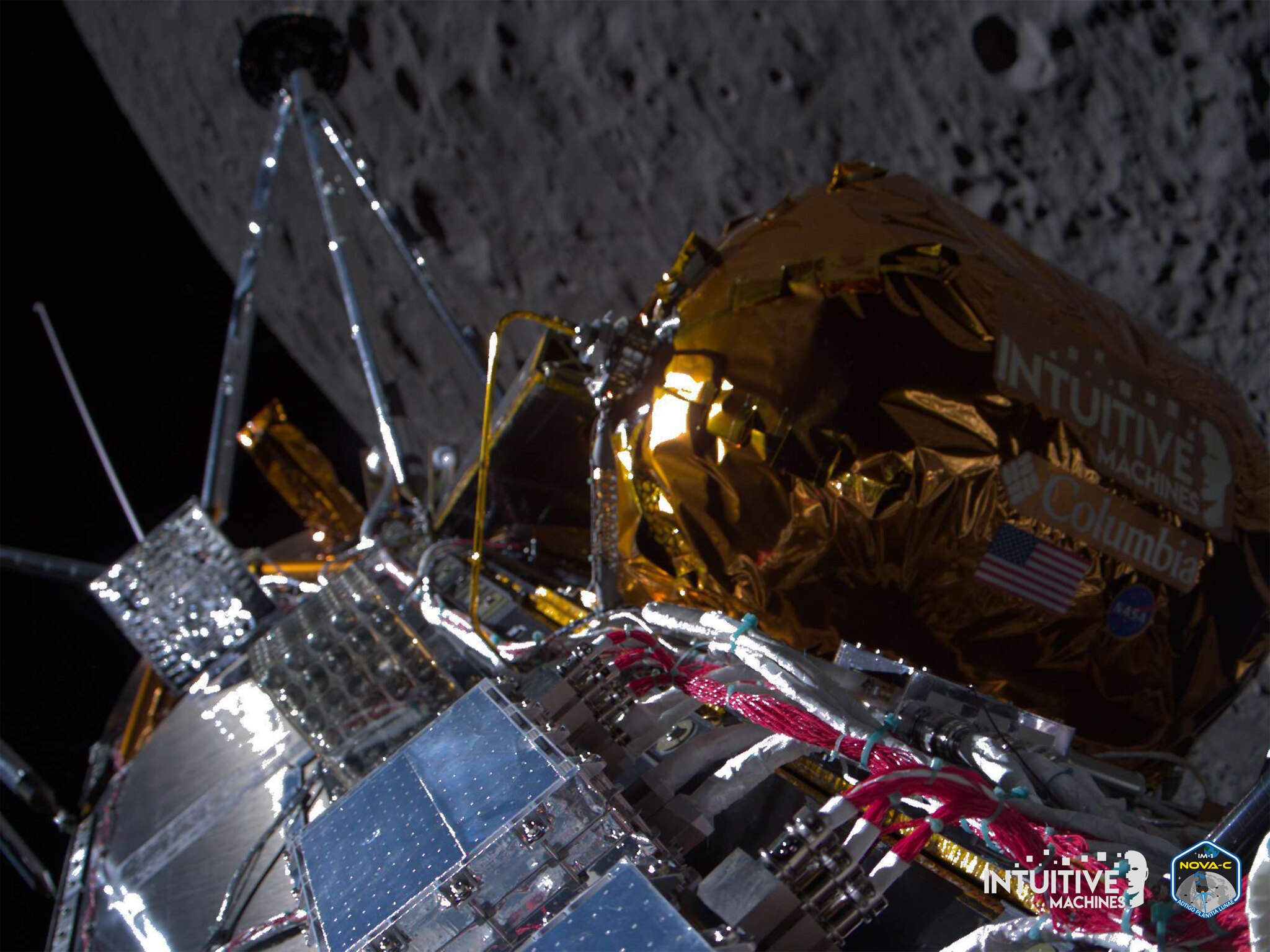After Multiple Delays, NASA Launches PACE Climate Observation Satellite
 Credit: NASA
Credit: NASA NASA’s climate observation satellite PACE launched from Cape Canaveral on Thursday, Feb. 8, after multiple delays due to unfavorable weather. The PACE (Plankton, Aerosol, Cloud, ocean Ecosystem) spacecraft will study how the ocean and atmosphere exchange carbon dioxide, and the impact of aerosol particles on oceanic plankton.
The satellite launched aboard a Falcon 9 rocket, making this the 11th launch SpaceX has completed this year. NASA confirmed that ground stations have already made contact with PACE. The satellite is expected to begin operations in the coming weeks.
“Observations and scientific research from PACE will profoundly advance our knowledge of the ocean’s role in the climate cycle,” said Karen St. Germain, director of the Earth Science Division of NASA’s Science Mission Directorate. “As an open-source science mission with early adopters ready to use its research and data, PACE will accelerate our understanding of the Earth system and help NASA deliver actionable science, data, and practical applications to help our coastal communities and industries address rapidly evolving challenges.”
From a Sun-synchronous orbit, PACE will study two microscopic realms: aerosol particles and phytoplankton. PACE’s primary sensor is the Ocean Color Instrument, an optical spectrometer that measures ultraviolet, visible, and near-infrared light to track the distribution of phytoplankton — microscopic bacteria that live in the upper layer of bodies of water and serve as the base for many natural food webs. According to NASA, scientists can use the data to help forecast the health of fisheries, track harmful algal blooms, and identify changes in the marine environment.
The PACE satellite is also equipped with two polarimeters, which can determine the polarization of light. These can be used to better understand how sunlight interacts with aerosols in the Earth’s atmosphere.
This launch occurred in the middle of large layoffs at NASA’s Jet Propulsion Laboratory due to budget shortfalls and the lack of a FY24 appropriation from Congress. On Feb. 6, NASA announced the more than 500 employees — roughly 8% of JPL’s workforce — would be laid off.




